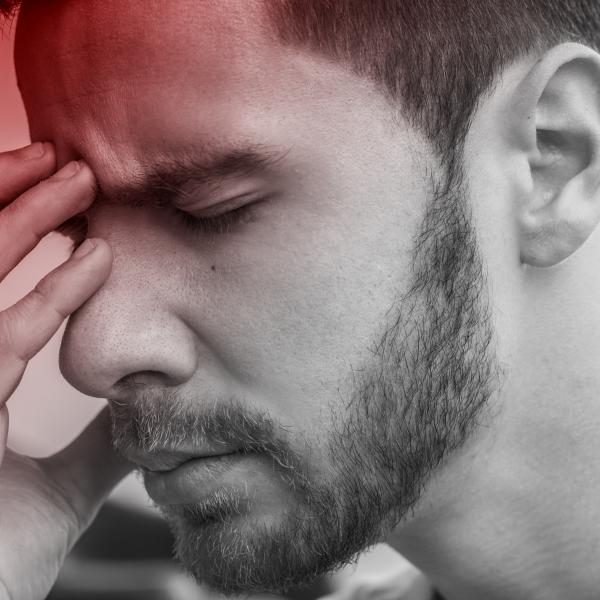
By: Cori Cameron and Katie Varnado, ATC
The brain is one of the most important and powerful organs in our body. It's also one that we may often take for granted; forgetting the fact that it’s responsible for everything from our movements to our thoughts. According to the Brain Facts from Medical Daily, 85 billion neurons must complete upwards of five trillion chemical reactions each second, at speeds of over 260 miles per hour to keep us going. That's crazy impressive! With all of this power and responsibility, comes the fact that we need to be able to protect our head and brain. The more we know about prevention and the cause of injury, the better the chances are of avoiding an injury in the future.
- Hematoma – A collection of blood outside the blood vessels. This can cause pressure to build inside your skull, causing loss of consciousness or even permanent brain damage.
- Hemorrhage – Uncontrolled bleeding can occur in the space around your brain or there can be bleeding within your brain tissue.
- Concussion – A brain injury that occurs when your brain is jarred or shaken inside the skull. Loss of function is typically temporary, but repeated concussions could lead to permanent damage.
- Skull Fracture – A break in one or more of the bones in the cranial portion of the skull. When the skull is broken it is unable to absorb the impact of a blow, which makes it more likely that there will be brain damage as well.
Common Causes
Head injuries can be broken into two categories:
- Blows to the Head – Injuries are typically caused by:
- Motor vehicle accidents
- Falls
- Physical assaults
- Sports-related accidents
- Shaking – While this is most common in infants and small children, they can occur any time one experiences violent shaking.
Injury Prevention
Katie Varnado, ATC, Midwest Director of Sports Medicine, gives us some tips to help prevent and rehabilitate head injuries:
- Appropriate Equipment – Make sure to wear the appropriate protective equipment for your sport. This could include helmets and mouthguards. Equally as important as having the correct equipment is making sure it is fitted appropriately (not too loose).
- Use Proper Technique – Make sure you have learned and practice proper technique for the sport you play. Do not lead with your head and do not use your head as a “weapon.”
- Neck Strengthening Exercises – Some scholars believe that strengthening the neck musculature allows forces dissipate during a head collision or rapid rotation, thus reducing the force the brain sustains and lowering your risk of concussion.
Rehabilitation
Rehabilitation after a head injury is important and recognition of an injury is key:
- Know the Signs and Symptoms of a Concussion – Headache, dizziness and nausea are just a few.
- Discontinue Physical Activity – If you suspect you have sustained a concussion, it is important to immediately remove yourself from further physical activity.
- Seek Appropriate Medical Evaluation – See an athletic trainer, physical therapist or a physician for a full evaluation.
- Rest – Physical and cognitive rest are crucial to allowing the brain to heal. Follow physician instructions regarding gradually returning to taxing activities.
- Vestibular Rehabilitation – If you have symptoms that do not resolve in a relatively short time span, vestibular therapy may help reduce symptoms.
When weighing your treatment options for head injury rehabiltation, consider physical therapy. Physical therapy offers a wide variety of treatment options including strengthening, stretching, and sustainable home exercise programs. Stop in or call any ATI location for a complimentary injury screen or to learn more about how physical therapy can help you overcome your pain.
Get your head in the game with ATI!
